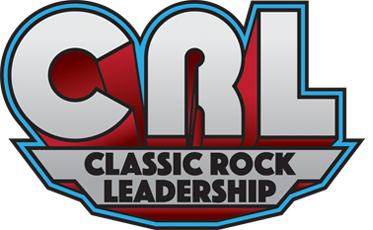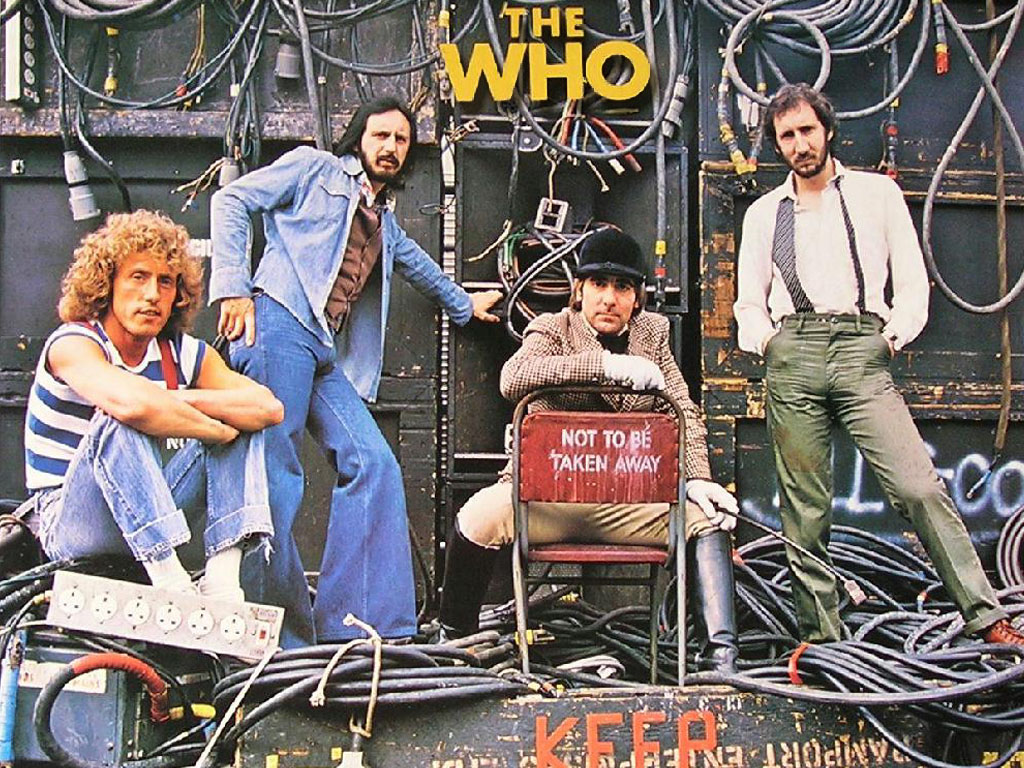“You’re not the same person I interviewed!” “Who are you, and what did you do with him/her?”
This is a painful situation for a CEO. You’ve had a big hole in your executive team, you find someone you think is the answer to all of your problems, and it happens. You realize this person isn’t who you thought they were. They either don’t have the skills you thought they did, or maybe they came from a larger company and you thought they’d be able to adjust to your small business…but they are used to having a staff and haven’t had to roll up their sleeves and do some of the work themselves vs. delegating to a staff like they used to do.
Sometimes you find that they aren’t a culture fit or even worse…they are downright toxic!
So, what happened…how did you miss it during the interview(s) and “dating stage”? That question reminds me of The Who’s famous rock song:
Well, who are you? (Who are you? Who, who, who, who?)
I really wanna know (Who are you? Who, who, who, who?)
Tell me, who are you? (Who are you? Who, who, who, who?)
‘Cause I really wanna know (Who are you? Who, who, who, who?)
— The Who, “Who Are You?”
Tips for Finding the Right Fit
The biggest reason companies get stuck with the wrong employee is that they don’t interview the right way. I’ve seen executives glance over the over the resume five minutes beforehand, and ask questions solely based on the job description. You’re destined for failure with that method.
Instead, you should put some time and effort into devising questions that will aid your company in finding the ideal personnel fit. Shift the focus away from where they worked and went to school, to answering the following questions:
- Does this candidate fit in with your company’s culture? Try this. Write down you company’s core values. Now ask the prospect how they exhibited one of your core values at one of their prior employers. By the way, this is also a great tool for your EXISTING employees…have them mention in weekly meetings how they exhibited a corporate core value in the past week or how one of their peers did.
- What exactly does your company need the candidate to do? Tell them you want them to increase sales by 10% in 12 months, or increase margins by 5%, or cut expenses by 3% while still delivering at least the same number of widgits with the same or higher customer satisfaction ratings. Get specific…and make them MEASURABLE!
- What has the candidate done in the past that can apply to the job today? Get specific and go deep! Ask the candidate what they’ve done that is exactly or very near the same type of work or same deliverables YOU need from them. And, find out what their role was. Did they come up with the idea, lead the team, do the actual deliverable themselves, or what? Don’t stop digging until you know exactly what their role was in it.
- If the candidate hasn’t done a similar task in the past, then how would they handle a common situation that arises in your company? Sometimes, they haven’t done EXACTLY what you need them to do, but something similar. See how creative they are.
You can listen to their thought processes during the interview and determine if they would be a right fit for your team. If you don’t consider how they play a role in the bigger picture and how they will interact with your current team, then you could end up with an employee who feels like a stranger.
The interview is just the beginning. You need to have a good onboarding process too. Keep your eyes and ears open to see how they interact with you, their peers, and the people who work for them. If you find out early on it’s not the right fit, at least you know now and not months or years down the road. The old saying for small businesses especially…”Hire slowly and fire quickly.” Small business CEOs don’t have the luxury of carrying people, especially executive team members.
Give Toxic Employees the Boot
I’ve had CEOs I’ve worked with who have fired people as quickly as the first week on the job! A couple that come to mind are one who was telling everybody she met one-on-one in the onboarding process how screwed up everything is at the company and how it should be done. GONE! Another new hire who was a sales person told the CEO they had met with a prospect the first week. Well…that prospect was a friend of the CEO and had NOT met with the person. A not-so-little lie the first week on the sales person’s employment violated the core value of trust. GONE!
These mistakes do happen, even when you follow a good interview process, but you can minimize the bad hires by asking questions about core values, making sure the candidate knows exactly what you need them to do, and digging deep in your questions to make sure they’ve done these things in the past or at the very least, are able to articulate how they would handle similar situations they will encounter at your company.
Hopefully, this will mitigate the chances of you having to ask them “Who Are You?”
[Author: “I suppose I could also have used The Who’s iconic song “Won’t Get Fooled Again” for this post too, eh?] 🙂
Brian’s Musical Inspiration:
RIFF: After the 1976 tour, Townshend took most of the following year off to spend time with his family. He discovered that former Beatles and Rolling Stones manager Allen Klein had bought a stake in his publishing company. A settlement was reached, but Townshend was upset and disillusioned that Klein had attempted to take ownership of his songs. Townshend went to the Speakeasy where he met the Sex Pistols’ Steve Jones and Paul Cook, fans of the Who. After leaving, he passed out in a doorway, where a policeman said he would not be arrested if he could stand and walk. The events inspired the title track of the next album, Who Are You? Sadly, drummer Keith Moon died a month after this album was released.
BAND ON WIKI: https://en.wikipedia.org/wiki/The_Who
WEBSITE: http://www.thewho.com/

